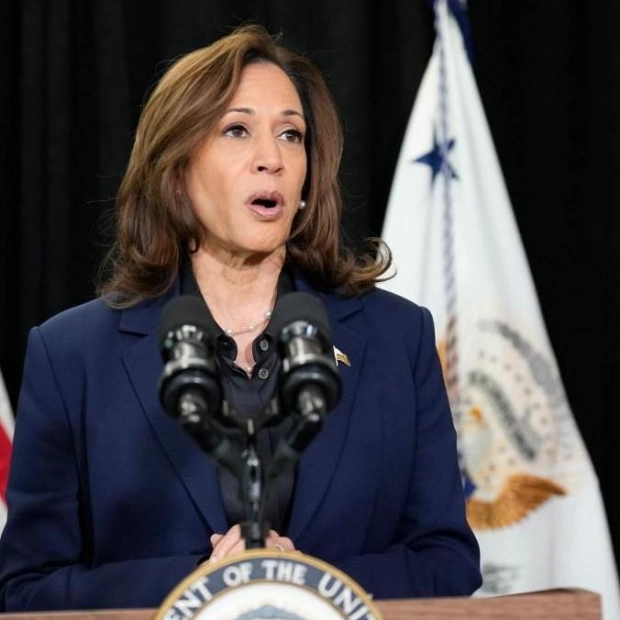Gold prices experienced a slight decline on Thursday but remained close to a two-week high achieved in the prior session, following the release of softer-than-anticipated U.S. economic data that raised expectations for a potential Federal Reserve interest rate cut as early as September.
Spot gold decreased by 0.1% to $2,353.14 per ounce as of 0637 GMT, having reached its highest point since June 21 in the previous trading session. Meanwhile, U.S. gold futures dropped by 0.3% to $2,363.10. The U.S. economic data released on Wednesday, which included weak reports on services and ADP employment, indicated a decelerating economy. Additionally, a separate report revealed an uptick in initial applications for U.S. unemployment benefits last week.
Market participants are now anticipating the release of U.S. nonfarm payrolls (NFP) data, scheduled for Friday. "The ISM services report, which came in softer than expected, is the boon that Fed advocates for lower rates have been anticipating ahead of the NFP. If the NFP data corroborates the economic weaknesses observed elsewhere, a rise to $2,400 is likely," commented Matt Simpson, a senior analyst at City Index.
"I don't foresee the U.S. dollar index revisiting 106 in the near future, so we anticipate traders to take advantage of dollar rebounds and purchase gold on dips," he added. According to the CME FedWatch Tool, markets are currently assigning a 73% probability to the Fed cutting interest rates at its September meeting. Lower interest rates decrease the opportunity cost of holding non-yielding assets like gold.
During their last meeting, Fed officials recognized that the U.S. economy seemed to be slowing down but advised a cautious approach before deciding on rate cuts, as noted in the minutes from the June 11-12 session. Technical analysis from Reuters' Wang Tao suggests that spot gold could test the support zone between $2,346 and $2,352, and a breach below this level might lead to a decline into the range of $2,329 to $2,340.
In other precious metals, spot silver decreased by 0.7% to $30.27, while platinum increased by 0.7% to $1,004.10. Palladium fell by 1.5% to $1,014.02 after reaching its highest level since mid-April in the previous session.






